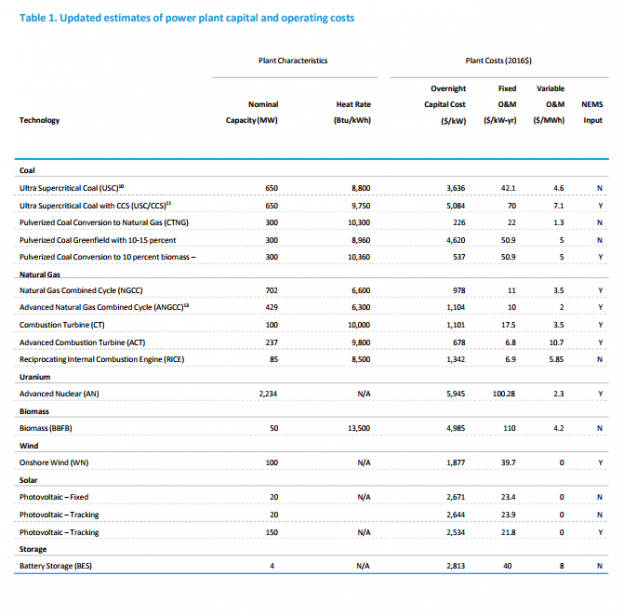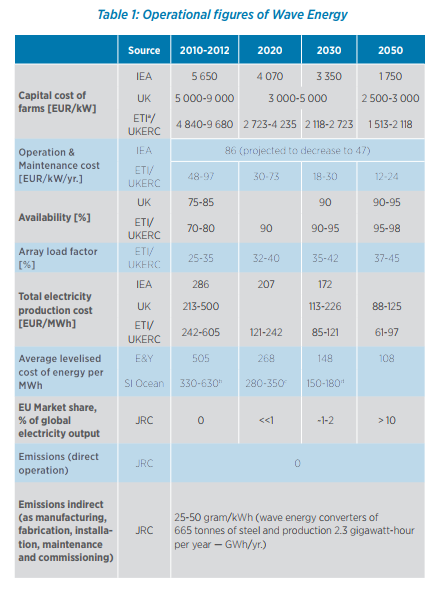The placement of solar farms in our optimal locations produces almost all of the electrical output the North Grid requires. The solar modules are quite close to existing transmission lines, do not require the clear-cutting of forests, and will not have detrimental effects on bird populations once construction is complete. Area requirements are also quite low: less than one km² would supply the North Grid with enough electricity.

Taken from Capital Cost Estimates for Utility Scale Electricity Generating Plants (US Energy Information Administration)
Photovoltaic tracking overnight capital costs run at about US$2644/kW
1 MW = 1000kW
1 MW = US$2,644,000.00
12.545 x US$2,644,000 = US$33,168,980
While some areas suitable for wave energy are close to Masset, most areas are far off-shore to the southwest. This represents greater investments in infrastructure. Wave energy converter technology is still in its infancy as well, and will require greater mass production and better design to reach lower price levels and greater efficiency in power conversion.

Operational figures of Wave Energy (Wave Energy Technology Brief)
1 kW = EUR$5650
1 MW = 1000 x EUR$5650 = EUR$5,650,000
12.545 x EUR$5,650,000 = EUR$70,879,250
Converted to US$ (1.19 conversion rate), it is closer to US$84,346,307.50
Wind energy would be suitable for development in the Hecate Strait, except that is it not cost-effective at low project sizes. In order for the project to be profitable, it would have to greatly exceed the North Grid’s goal of 12.545 MW capacity. This would require a substantial areal and financial investment due to the high costs of off-shore turbine placement and the laying of additional transmission line.

Renewable Energy Technologies: Cost Analysis Series (International Renewable Energy Agency)
The total project requires at least 12.545MW, so:
US$5000 per kW
12,545 kW in 12.545MW
5000 x 12,545 = $62,725,000
Despite these sources of error and inaccuracies, our results suggest that the solar alternative will prove to be the most cost-effective and environmentally benign solution to providing the North Grid with ample electricity. The solar method requires the least amount of space, is closest to existing transmission lines, and represents the lowest initial capital costs.
